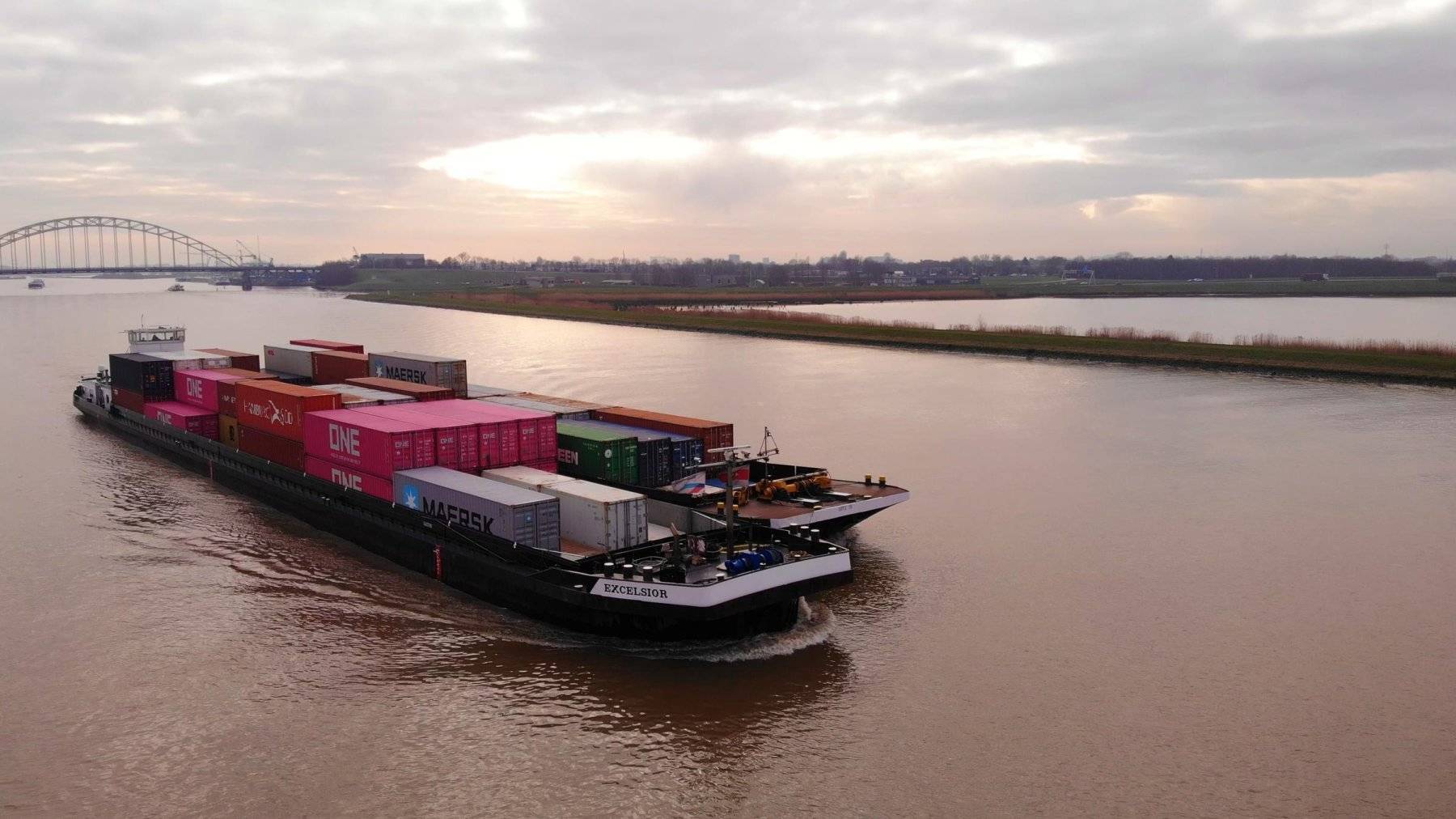Transportation of non-standard project cargo is one of the most interesting and difficult logistics tasks.
Non-standard cargoes are cargoes that, due to their characteristics or size, require a special approach and planning of their transportation. They may be too large, too heavy, oddly shaped, or have other features that make standard shipping methods unsuitable.
Planning the transportation of non-standard project cargo includes several stages:
Evaluation and analysis
It is important to carefully study the characteristics of the cargo, including its weight, dimensions, shape, center of gravity, and other features. This will help determine transportation requirements and identify potential problems or limitations.
Mode of transportation
Based on the analysis of the cargo and transportation requirements, appropriate vehicles should be selected. It can be specialized vehicles, railway platforms, ships, airplanes, or a combination of different types of transport.
Development of the route
The optimal route must be developed taking into account the constraints and requirements of the cargo, such as obstacles on the road, weight restrictions, regulations for transportation across borders, and other factors. It is also important to consider the possibility of access to unloading points.
Development of a loading and anchoring plan
Before transportation, it is necessary to develop and approve a plan for loading and securing the cargo to ensure its safety and stability during transportation. This may include the use of special equipment, fasteners, and specialized equipment, consultation with qualified engineers.
Security and permission
Transportation of non-standard project cargo may require additional security measures and permit procedures. It is important to take into account local and international rules and regulations, as well as secure the necessary permits and licenses for the carriage of such cargo.
Support and control
In the process of transporting non-standard goods, it is necessary to ensure their continuous support and control. This may include constant monitoring, communication with drivers or carriers, and regular updates on the status of the cargo.
Project transportation can be expensive due to the involvement of specialized equipment, permits, and other costs. Organizers should conduct a thorough cost analysis and make a budget plan to avoid financial difficulties during the transportation process.
Cargo insurance against possible damages and losses is also recommended.
Careful planning, study of possible problems, and caution will help reduce risks and ensure the successful implementation of project cargo transportation.
Always apply to experts in the area!

